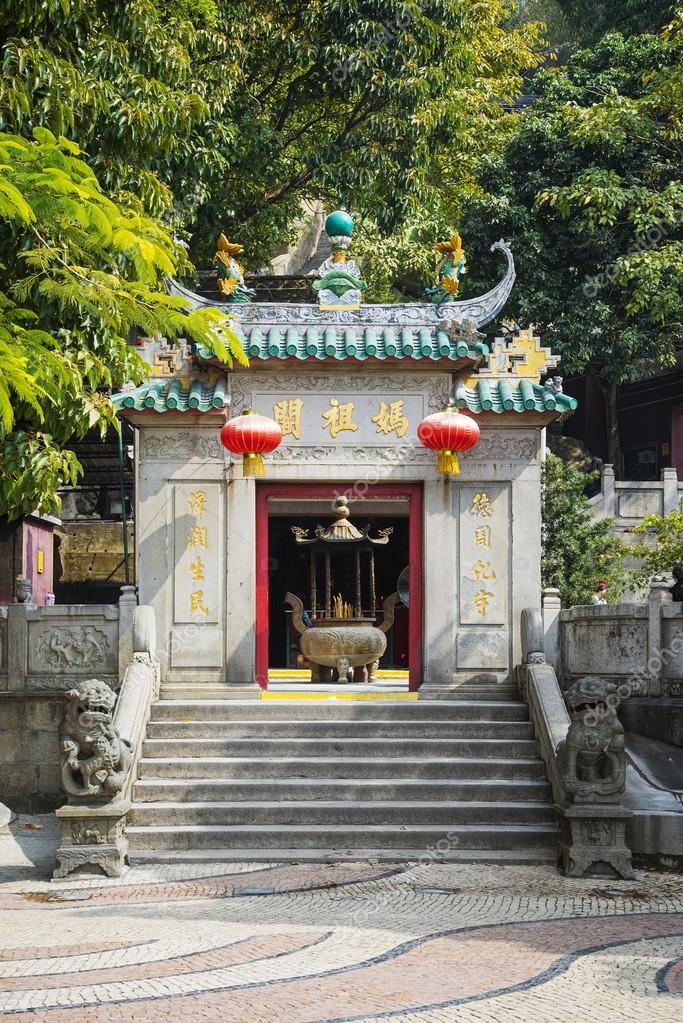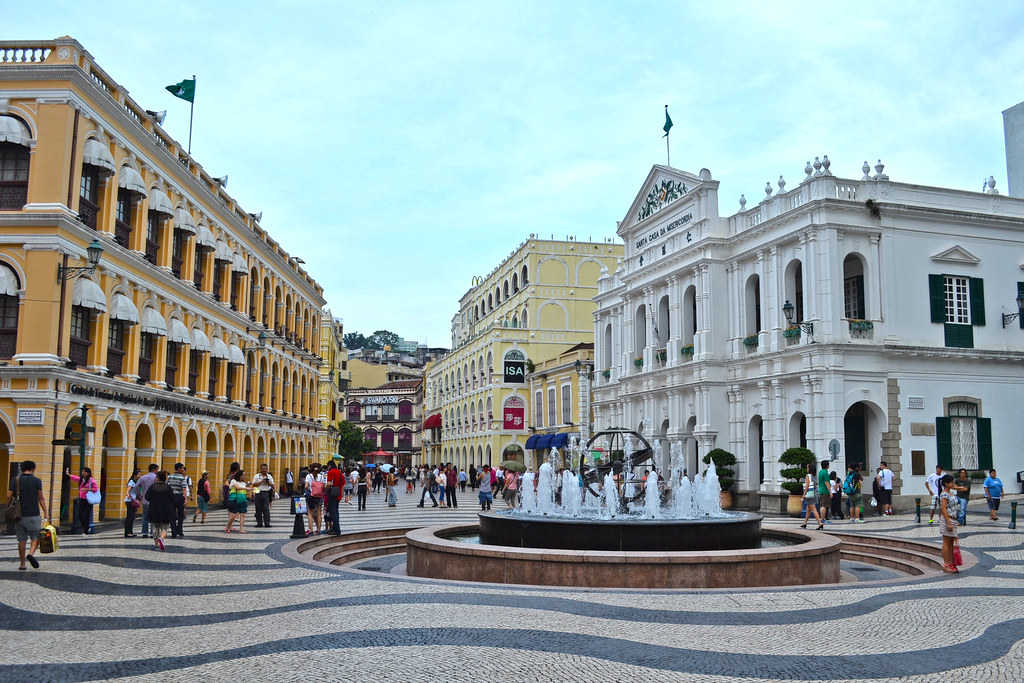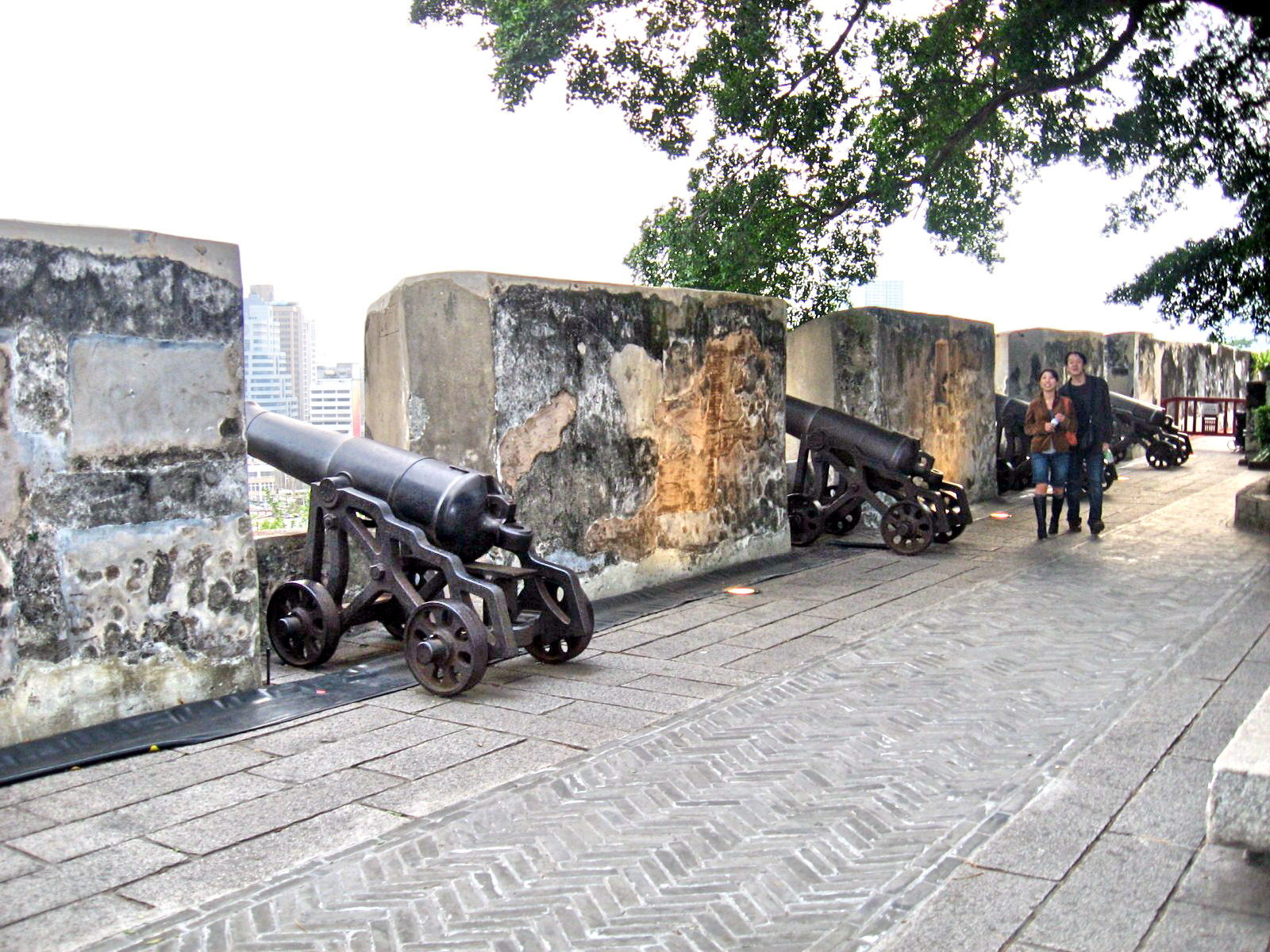Take a walk through the Historic Center of Macao
Writer: Yu Yuanfan | Editor: Stephanie Yang | From: Shenzhen Daily | Updated: 2021-12-27
A+ A- Print
The first choice of many who wish to try their luck in a casino or fill their luggage with branded cosmetics, fine wines and luxury goods at more favorable prices, the tiny city of Macao has actually much more to offer than just its well-developed gaming and retail industries. Macao’s unique history is without doubt one of the greatest attractions for visitors. If you are among those who take an interest in the history of Macao, then a walk through the Historic Center of Macao will give you an overview of how the Portuguese and the Chinese cultures were integrated here to shape the city.
Located on the Macao Peninsula, the Historic Center of Macao refers to a collection of 22 structures and eight squares dotting the urban center that jointly form the earliest complex featuring the coexistence of Western and Eastern architectural styles in China. In 2005, it was inscribed as a World Heritage Site, making it the 31st site in China to be granted the status.

The recommended place to begin this approximately 5-kilometer-long city walk is the A-Ma Temple, the oldest temple in Macao with more than 500 years of history, located on the southwest of the Macao Peninsula. Then walk toward the northeast along Calcada da Barra (“calcada” in Portuguese means “pavement”) for the next stop at the Moorish Barracks, built in 1874 to accommodate an Indian regiment and standing out today for its distinctive architectural styles, before arriving at Lilau Square, which was home to one of the earliest Portuguese residential quarters in Macao. Not far from the square you will find the Mandarin’s House, the former residence of renowned late-Qing (1644-1911) reformist Zheng Guanyin.
Continue to walk northeasterly, first along Rua Padre Antonio and then along Rua de Sao Lourenco (“rua” in Portuguese means “street”), where Christian elements are the keyword of this section of the walk as St. Lawrence’s Church, the St. Joseph’s Seminary and Church and St. Augustine’s Church are not far away from each other. The Dom Pedro V Theater is also found in this area. Built in 1860, it is the first Western-style theater in China.

The northeasterly walk continues and after crossing a few alleys, you will arrive at Senado Square, the urban center of Macao from centuries ago to the present. Through religious monuments around the square including the Cathedral, the Holy House of Mercy, where the first Western-style medical clinic in China was founded, and the St. Dominic Church, where the first Portuguese newspaper was published on Chinese soil, you will have a better understanding of the influence of Christianity on the city. For those who desire a glimpse of traditional Cantonese architecture in the late Qing Dynasty, the Lou Kau Mansion will not disappoint.

After finishing sightseeing around the square, follow the crowd to walk northward for a few more minutes and you will find the Ruins of St. Paul’s, the most iconic landmark of Macao and a must-see scenic spot for every traveler to the city. Originally the façade of St. Paul’s Church that belonged to St. Paul’s College, it became the only remnant of the institution after the latter was destroyed by a great fire in 1835. In addition to taking photos of the landmark from a distance, it is also suggested that you have a close look at the unique patterns embossed on the monument.

On the east of the Ruins stands Mount Fortress, which was built in the early 17th century as the city’s principal military defense structure. After a visit to the fortress, go northwest along Rua de Santo Antonio for the final stops of the walk, including St. Anthony’s Church, the Casa Garden and the Protestant Cemetery. Still have some time before the sun goes down? Then you may consider taking a bus to the Guia Fortress. Situated on the top of Guia Hill, the highest point of the Macao Peninsula, the fortress is the perfect spot for a panoramic view of the city.